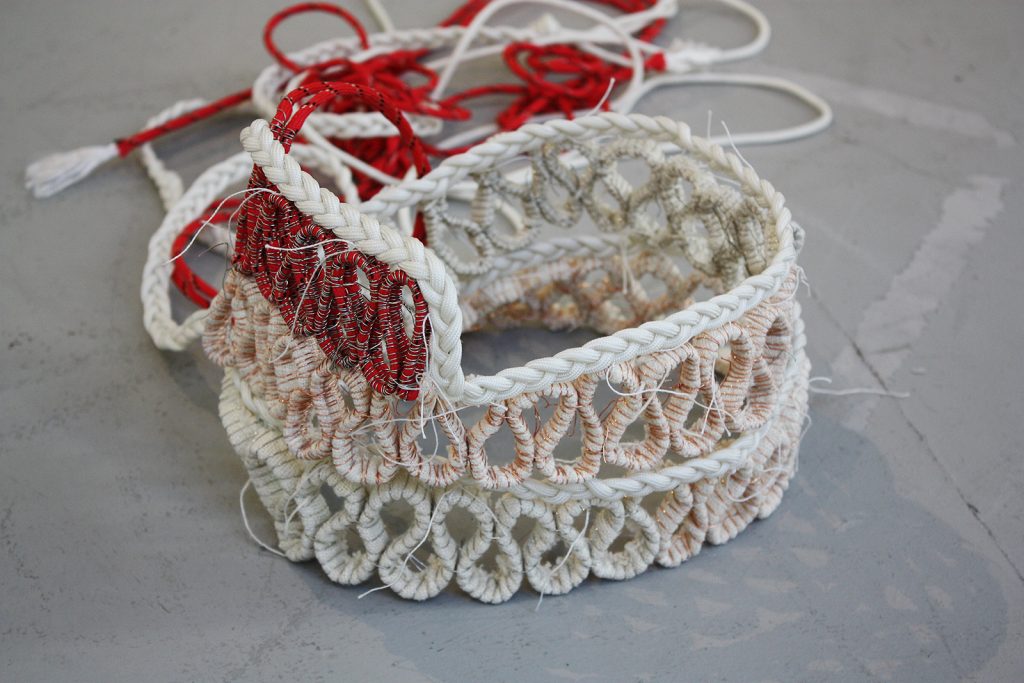
Nine months into a pandemic, the dysfunctional and brutally unjust architecture of our global society continues to expose itself. As if the diabolical geographies of contagion and inequality were insufficient, a summer of riots refusing anti-Black police violence and murder metastasized globally and synchronized with international protests against a now-characteristic combination of austerity and authoritarianism. The convergence of plague, immiseration, and uprising are surely the signals of a general crisis. Yet they are also the disclosure of particularly vulnerable cracks and shock points, fecund joints and cuts, seams that tighten and loosen and bring together and keep apart.
As writer and artist Hannah Black recently wrote, “Everything that happens in the street is a lesson because it is a point of contact. Conversation and confrontation are a real education.” Indeed a point of contact is at once a conversation and a confrontation. It is the site at which both intimacy and rupture become possible. The occupation and re-ordering of public space, the irruption of a transformative political lexicon into the struggle for hegemony — these are movements that unravel the world and craft another. And in their movement, they pull on existing seams and freshly contract others. Contractions of reaction and contractions of revolution.
“Contracting at the Seams” names these double movements. As acute but ambivalent lines of articulation, intercourse, and leakage, seams mark the potential for straining and pulling, releasing and connecting. Collectives are fabricated as people braid together into community. And collectives are breached as internal friction exposes fragile fault lines. The social tension of atomized isolation gives way to artful play and reconstruction. It is with and against contracting that we begin to feel the possibility of something other than this. Issue #8 of PROTOCOLS traces these contractions as individuals and groups tug on fissures and fortify asylums in a world of fertilizing decay: the uneven and shifting shapes of political solidarity, the creative lines and clinical cuts drawn into Jewish memory and tradition, the engulfing of enclosures and refusal of their boundaries.
It is not lost on us that our eighth issue of PROTOCOLS is being published during the festival of Hanukkah. Whereas seven signals worldly completion, like the seven days of creation, the number eight signals that which exceeds the worldly limits of this completion. Eight is the supernatural, the outside, that disrupts our naturalized world — like the legendary victory of the Maccabees over Greek darkness and the ensuing miracle of the lit menorah. Such a breach in the naturalized world is marked first with something of a contraction, a single, tightly sealed jar of tahor oil, oil fit for accessing the divine even in a looted and defiled Temple. From this condensed and confined quantity of oil, they lit a fire that burned eight days. Contracting at the seams marks ongoing crises, to be sure, but it also signals at the same time possibilities of preservation and care, antagonism and convergence. It is through these dynamic solidarities and tensions that a crisis in this world becomes a rupture from, and toward, another.